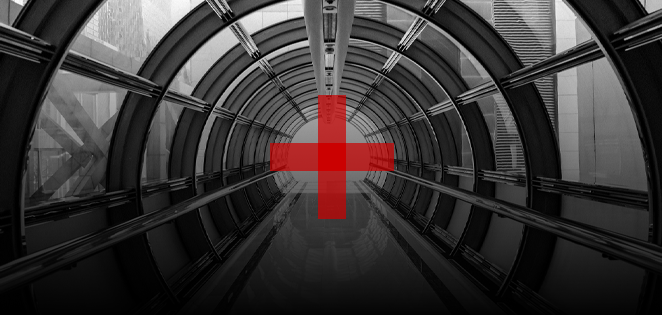Microsoft has announced that Windows 10 will reach its end of life (EOL) on
October 14, 2025. This means that after this date, devices running Windows 10 will still work, but they will no longer receive essential heightened security updates or patches. While the operating system will continue to function, it becomes a prime target for cybercriminals due to vulnerabilities that will remain unpatched.
Without
regular security updates, your system can quickly become a magnet for malware, putting your sensitive data, operations, and business reputation at risk. Furthermore, you may face compliance issues that could lead to costly fines, especially in industries where regulations demand up-to-date software.
The reality is that
Windows 10’s end of life isn't just a software upgrade; it’s a security issue. The longer you delay migrating to Windows 11, the more vulnerable you become to
attacks.
Planning now to migrate from Windows 10 to Windows 11 will protect your organisation from the risks that await:
- Security vulnerabilities: Without security updates, your system is exposed to cyberattacks, malware, and data breaches.
- Compliance issues: Failing to upgrade from Windows 10 may lead to non-compliance with industry regulations, resulting in fines or legal consequences.
- Operational disruptions: Unsupported systems are more prone to failures and downtime, affecting business continuity.
- Reputation damage: Data breaches or cyberattacks due to outdated software can harm your brand’s trust and customer relationships.
- Increased IT costs: Addressing security breaches or system failures can be costly, far outweighing the investment in upgrading.
- Missed modernisation opportunities: Sticking with Windows 10 means missing out on performance, security, and productivity benefits offered by Windows 11.
Are you ready for Windows 11?
As the deadline approaches, businesses must act fast. Migrating to a new operating system from Window’s 10 isn’t a one-click fix—it requires detailed planning and careful execution.
Here are key considerations for your migration:
- Hardware requirements: Does your current hardware meet Windows 11’s system requirements? If not, you may need to invest in new devices to ensure a smooth transition and that it support windows. This is an opportunity to modernise your infrastructure and optimise performance.
- Application compatibility: Not all legacy applications are compatible with Windows 11. It's essential to assess your applications and make any necessary upgrades to ensure they work seamlessly after the migration.
- Time to plan: Migrating to Windows 11 involves more than just switching an OS. You’ll need to review your entire IT infrastructure to ensure everything from hardware to applications and security measures are aligned. The time to plan is now—delaying could mean scrambling for resources when the deadline arrives.
- Budgeting for migration: Migrating to Windows 11 may incur costs for hardware upgrades, application updates, and potential professional services. Get a project cost estimate early to avoid surprise expenses and ensure proper budget approval.
“Success in IT isn’t about avoiding change—it’s about preparing for it. With that in mind, begin planning and implement an upgrade strategy to ensure a smooth and secure transition to Windows 11.”
Adrian Capolino, Head of Technology Solutions at Canon Business Services ANZ
How CBS can help you prepare for Windows 11
At CBS, we understand the complexities of migrating to a new operating system. Our expert consultants can guide you through every step of your Windows 11 migration journey. We offer a comprehensive free consultation to help you:
- Evaluate your current setup: We’ll assess your existing hardware and applications to determine if they meet Windows 11’s requirements or if upgrades are needed.
- Create a migration strategy: We’ll help you plan and prioritise the steps needed to ensure a smooth transition to Windows 11 and a successful windows update, with minimal disruption to your operations.
- Budget planning: We’ll assist in planning and managing costs to ensure a smooth and cost-effective migration
Why choose CBS as your trusted partner
- CBS sits in 1% of Microsoft partners in Australia with all 6 Solution Designations.
- Already completed a number of these migrations successfully with our clients.
- Highly accredited / experienced partner with over 50 years of experience and 600 customers.
Schedule a free consultation and work with our expert consultants to assess your readiness. Let CBS help you prepare for the future, ensuring your IT infrastructure is robust, secure, and ready for what’s next. Book in now!










